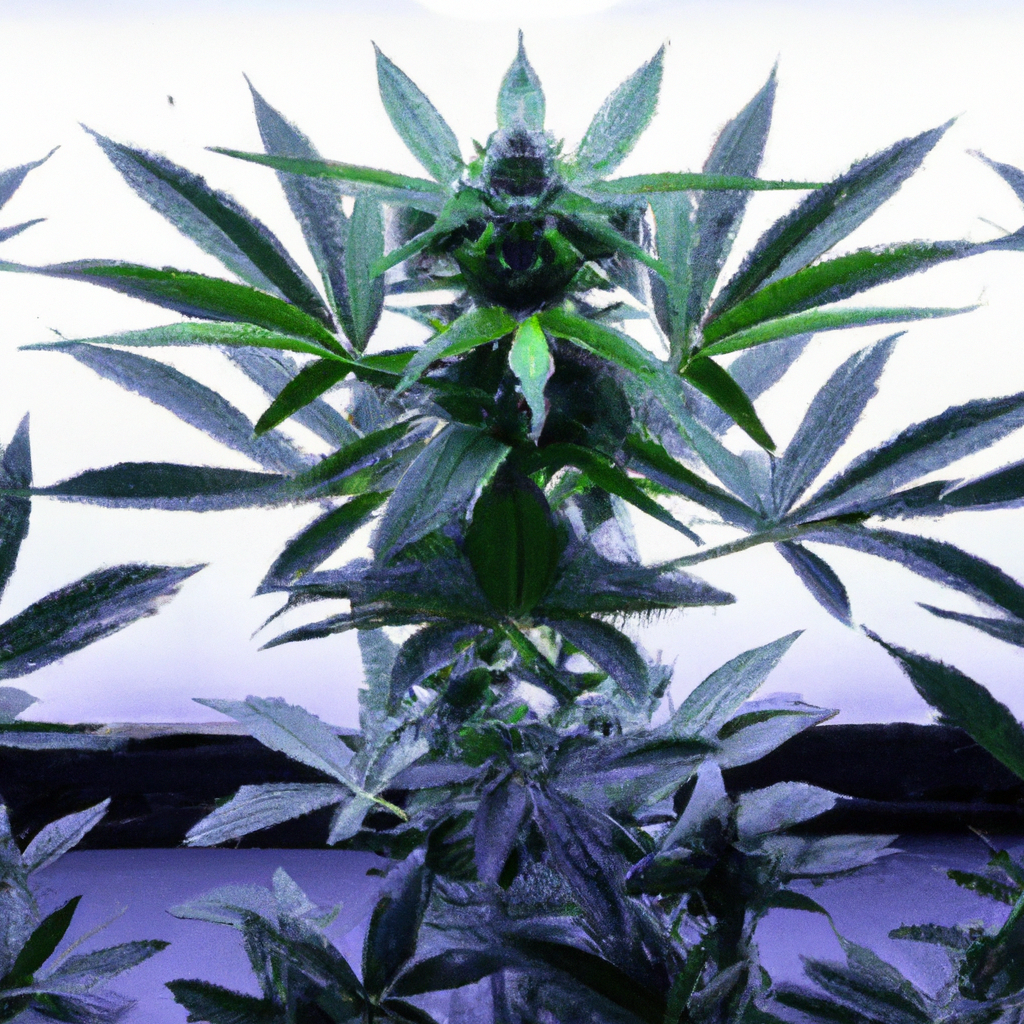By John “Magic” Greenleaf
Cultivating cannabis is a fascinating journey that transforms novices into seasoned growers. One of the simplest yet most effective techniques to master when aiming for bigger, more potent yields is cannabis plant training. In this beginner’s guide, we’ll unravel the art of training your plants to maximize their potential.
Why Train Your Cannabis Plants?
Just like an underdog basketball team needs strategic training to shine on game day, your cannabis plants can benefit significantly from guided growth. Plant training involves manipulating plants to grow in optimized patterns, allowing better light exposure and airflow. This technique can result in:
- Enhanced yield sizes
- Stronger branches
- Improved overall plant health
Popular Training Techniques
Delve into the three most beginner-friendly cannabis training methods:
1. Low Stress Training (LST)
LST involves gently bending and tying down branches to create a flat canopy. This method encourages uniform light exposure and maximizes your plant’s growing space.
2. Topping
By cutting off the main stem, topping redirects growth to side branches, leading to a bushier plant. This direct method allows for more bud sites to develop.
3. Fimming
Fim (short for “F**k, I missed!”) is similar to topping but involves pinching off most of the main tip. It promotes multiple new growth sites where only one would normally appear.
When and How to Start Plant Training
Timing is key in plant training. Here’s a brief guide:
- Start Early: Begin training once your plant has at least 5-6 nodes. This is typically in the vegetative stage of growth.
- Be Gentle: Avoid snapping or damaging the plant. Slow and steady wins the race!
- Use the Right Tools: Soft plant ties and garden stakes are ideal for LST, while sharp scissors are best for topping and fimming.
Common Mistakes to Avoid
Even the most seasoned growers can slip up. Here are pitfalls to steer clear of:
- Beginning training too late in the plant’s lifecycle, minimizing benefits.
- Overtraining, which can stress and stunt your plant’s growth.
- Neglecting plant recovery time post-training—monitor for signs of stress.


Leave a Reply